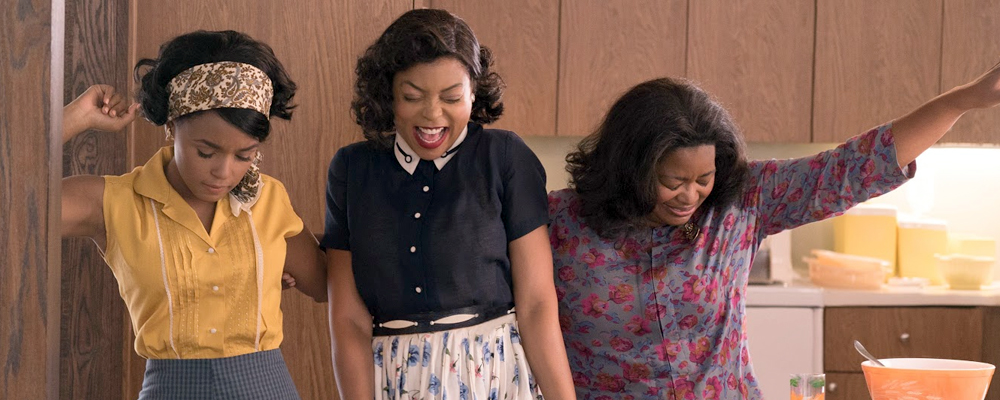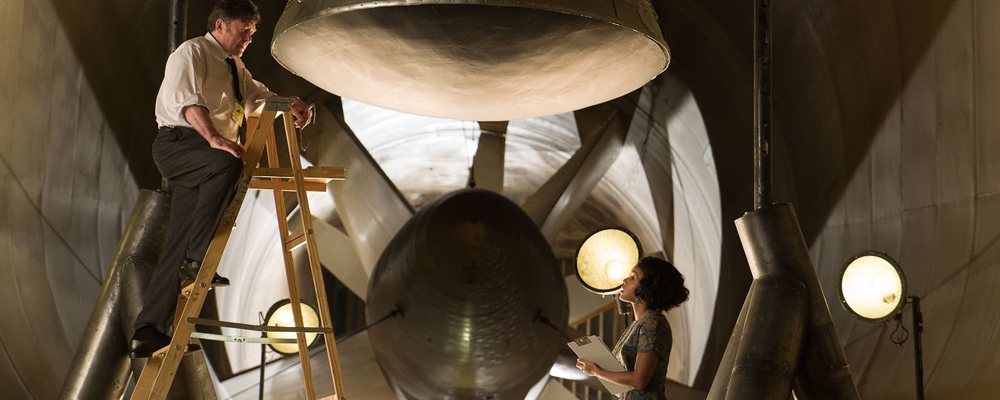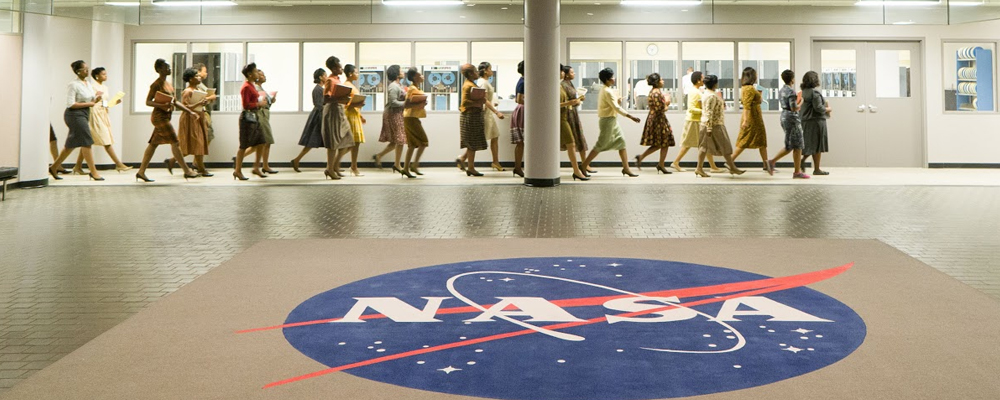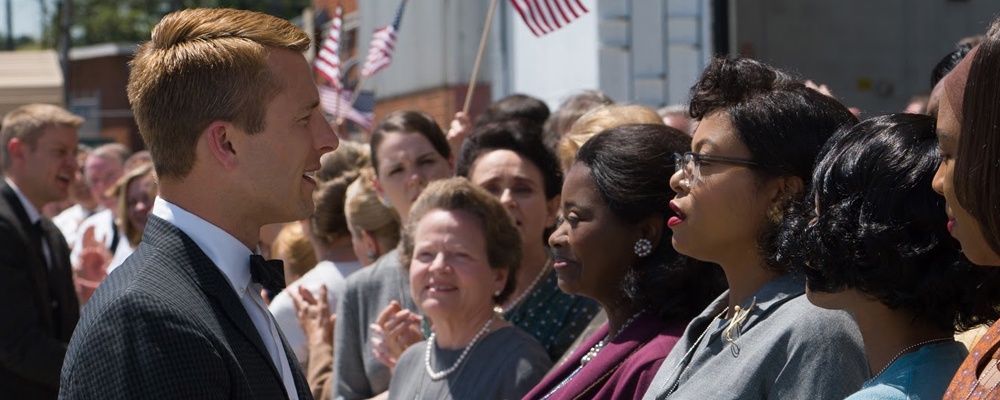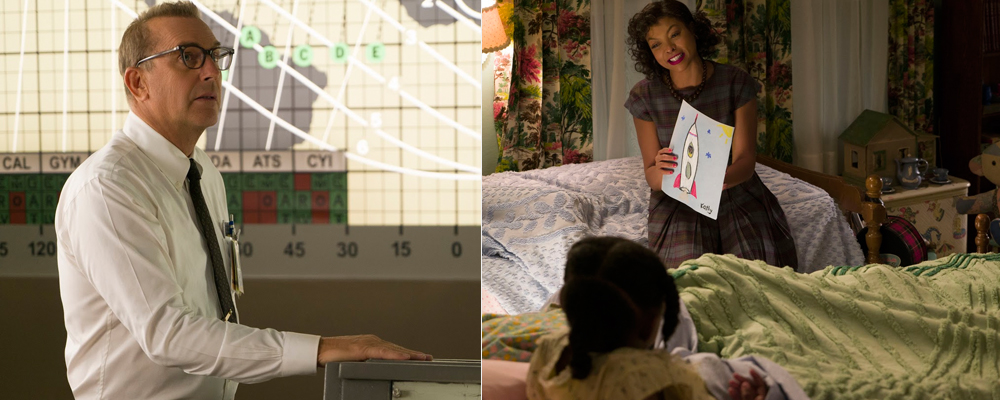‘Hidden Figures’ Uncovers Role of African-American Women Mathematicians in Space Race
Aryeh Harris-Shapiro
“Hidden Figures” is the type of movie that’s impossible not to like, even as it doesn’t achieve much of note. The film follows Katherine Johnson (Taraji P. Henson), Dorothy Vaughan (Octavia Spencer) and Mary Jackson (Janelle Monáe), three professional “calculators” who played an integral role in America’s victory over the Soviet Union in the 1960s space race. These mathematicians are the hidden figures of the title, marginalized by the racism of their time and neglected by decades of popular history. “Hidden Figures” sets out to correct that injustice and nothing more. Nearly every second of the film is dedicated to the lead trio’s gradual victory over racist people and institutions. The approach doesn’t leave much room for nuance or even a complete understanding of the characters’ scientific accomplishments, but it does result in a lightweight crowd-pleaser carried by a handful of engaging central performances.
“Hidden Figures” was directed by Theodore Melfi, best known for the treacly 2014 Bill Murray vehicle “St. Vincent,” and written by Melfi and Allison Schroeder in the latter’s first feature credit. On a narrative and visual level, the film is never anything more than workmanlike. It’s the kind of movie where the primary conflict is the racism of the 1960s setting and the scientific achievement of space travel is mostly an aesthetic backdrop. Melfi and Schroeder’s main thematic conceit is to link the struggle for scientific progress with the struggle for social progress, epitomized by a scene where Monáe convinces a judge to let her attend an all-white school by pointing out that he’ll become a history-making figure in the process. It’s a solid enough foundation, but the movie never really explores the idea in depth. Instead, Melfi and Schroeder are content to focus on the leading trio and correct the racism they experience in NASA and in the U.S. as a whole.
Luckily, the three leads are up to the task. Taraji P. Henson has always been a fantastic actress, but her show-stealing role on “Empire” has finally given her the chance to carry a movie. She plays Katherine as a bookish, quiet woman pulled out of her shell by her love for numbers, embodying a non-confrontational decency put to the test by the prejudice that surrounds her. Portraying an essentially good person well is a difficult task for any actor, but Henson shows her character’s struggle to keep the high ground with every lowered glance and stifled bit of anger. Octavia Spencer is typically excellent as the frank, mechanically inclined Dorothy and Monáe pops like a firecracker despite her limited screen-time. Each actor is excellent, but it would have been nice if the movie had found more ways for them to share scenes – their struggles are largely isolated and contained to their own supporting casts. Those casts feature strong performances such as Kevin Costner’s rough-edged Al Harrison and Kirsten Dunst’s icy Vivian Jackson, but they’re one-dimensional cutouts who only exist to be shown the error of their ways.
When the three leads are separated, “Hidden Figures” feels like a well-made TV movie. When the film puts them in a room together, their interactions shine with the little, lived-in details that make their friendship so believable. When they share the screen, you can see a version of “Hidden Figures” that transcends simplistic morality play and documents the lives of three women working together to succeed in a world built to keep them down. The film doesn’t live up to that promise, but it’s an enjoyable enough experience on its own lesser merits.
“Hidden Figures” opens in limited release Dec. 25 before expanding nationwide on Jan. 6.

